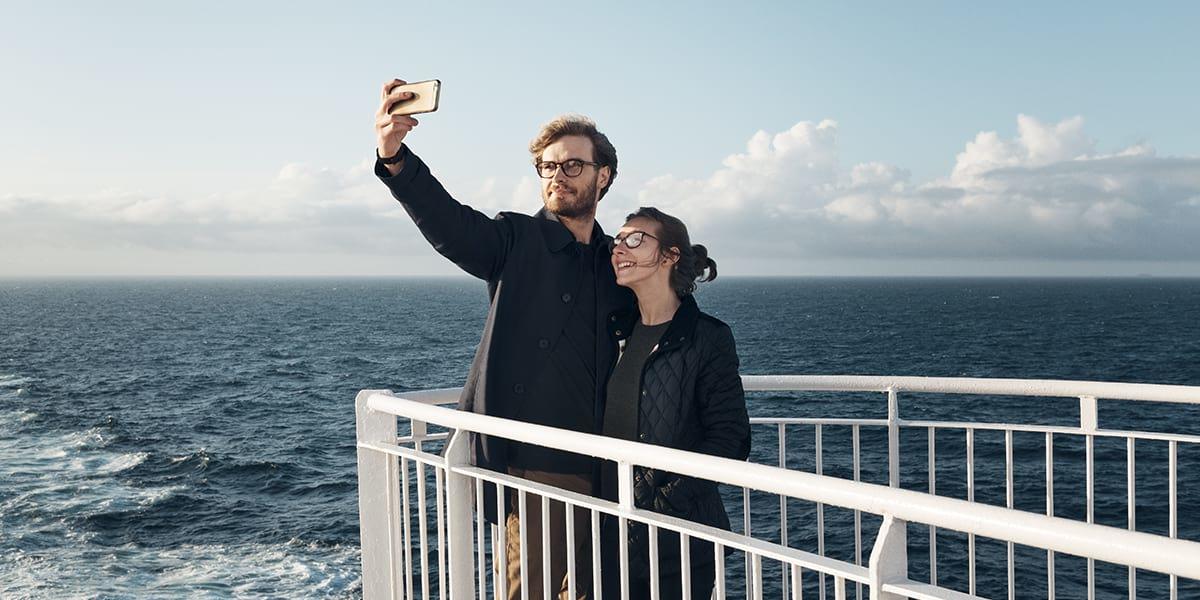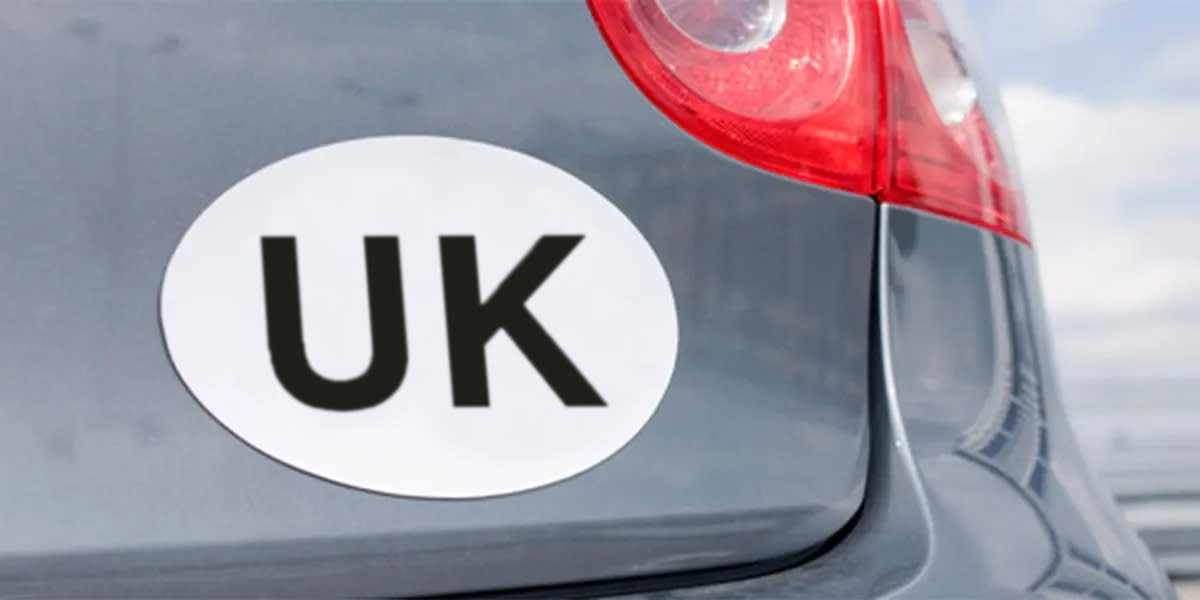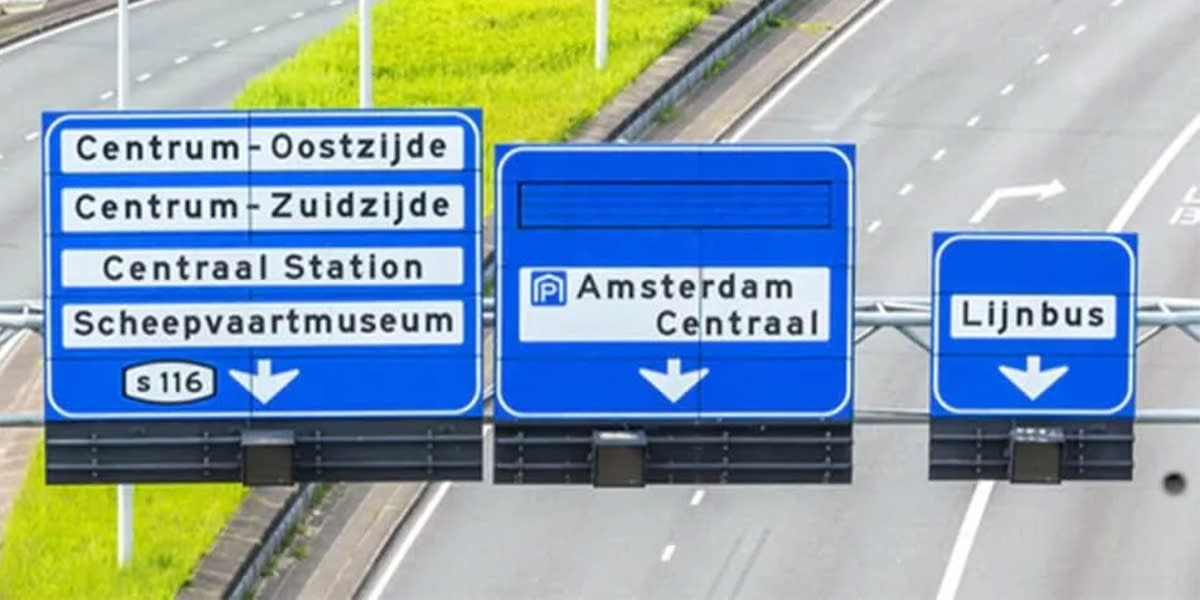
Driving in the Netherlands

Driving in Holland
Driving in the Netherlands as a tourist offers a great way to explore the country's many attractions, from historic towns and stunning landscapes to delightful food and culture!
Well-maintained highways and efficient urban streets make driving in the Netherlands a smooth and easy experience.
Whether you’re planning a road trip through the vibrant cities, a scenic drive to the famous Dutch flower fields, or an exploration of the historic windmills, read on to learn how to confidently explore the Netherlands from behind the wheel.

Can I drive in Amsterdam?
Our guide makes driving to Amsterdam from the UK easy by outlining Holland’s travel restrictions and essential driving requirements. With DFDS, you can take your vehicle to Holland from the UK on our Newcastle-Amsterdam route and explore the country with your car, motorhome, or motorbike.
Whether you want to explore Amsterdam or go beyond the city's iconic canals, here are the key things you need to know to plan your perfect trip.
What do I need to drive in Holland?
If you're planning to travel to Holland by car, don't forget to pack these essential items for a safe and comfortable journey:
- UK sticker, unless the registration plates have the UK logo on them
- Registration and insurance documents
- Crash helmets (motorcycles & mopeds only)
- Headlight converters
You’ll also need the following documents:
- A full, valid UK driving licence
- Proof of ID
- Motor insurance certificate / valid car insurance
- V5 registration document
What are the legal requirements for driving in Holland?
When driving in Holland from the UK, you should be aware of certain driving rules and customs. For example, trams always have the right of way.
If you’re cycling in Holland or are a moped rider, you have the same rights as other drivers. There are also laws about sounding your horn in built-up areas (flashing your headlights is the usual alternative). These are mainly urban considerations, and outside of the cities, the motorway system is excellent and completely toll-free.
To drive in Holland, you must have insurance, and the most basic coverage you need to obtain is third party. You can book your travel insurance with DFDS.
Dutch driving laws:
- Drive on the right and give priority to the right unless otherwise indicated.
- Buses and trams always have priority over cars.
- Wearing a seatbelt is a legal requirement.
- In cases of illegal parking, a car may be towed or issued a fine.
- It’s prohibited to drive with only sidelights at night.

Is there a speed limit in Holland?
Netherlands Speed Limits:
- Built up areas: 31mph or 50km/h
- Outside built-up areas: 49mph or 80km/h
- Motorways: maximum speed of 100kmh from 06:00 to 19:00
- There is a minimum speed limit of 37mph or 60km/h on motorways
- Vehicles can be confiscated in cases of excessive speeding
- It is illegal to carry any radar-detecting equipment
What are the petrol prices in the Netherlands?
In 2024, retail prices for unleaded 95 Octane fuel in the Netherlands were, on average, 2.01 euros per litre. The average price you can expect to spend on filling up your tank is £90.

Is there anything I shouldn’t take?
Be aware that you cannot take the following with you:
- Meat or products containing meat
- Milk or dairy products
You cannot take these items unless you pay to have them inspected before you leave and obtain a ‘phytosanitary certificate’:
- Fresh fruit (apart from bananas, coconuts, dates, pineapples and durians)
- Vegetables
- Plants or plant products

What is the EU Entry/Exit System?
Tourists from the UK need to keep in mind the new EU entry requirements. The European Union is introducing the EU Entry/Exit System (EES), which will affect non-EU citizens travelling for a short stay in most EU countries.
EES is an automated system used to register travellers from the UK and other non-EU countries each time they cross an EU external border. Expected to replace passport stamping, travellers will scan their passports or other travel documents at an automated self-service kiosk prior to crossing the border. It’s scheduled to begin in 2025 and aims to simplify and modernise the current travel process.

What is the European Travel Information and Authorisation System?
In mid-2025, the EU will implement the European Travel Information and Authorisation System (ETIAS). This is a travel authorisation that visa-exempt nationals will use to enter the EU from non-EU countries. Travellers from the EU’s list of countries that do not need a visa to enter, like the UK, will be able to complete an application online or via a mobile app to make their travels easier.
With a valid ETIAS travel authorisation, you can enter the territory of these European countries as often as you like for short-term stays, which is normally up to 90 days in any 180-day period. However, it does not guarantee entry.

Additional info
- For a guide to Dutch road signs, download our PDF – make sure to learn the give way to trams sign!
- Holland is notorious for its cycle paths and routes across the country, so watch out for large numbers of cyclists.
- Never cross a solid white line.
- At junctions, you have the right of way where there's a yellow and white diamond-shaped sign – and you must give way where there's a row of white triangular signs on the road.
- Whilst not compulsory, it’s recommended that you take a warning triangle.
- The Emergency number, Europe-wide, from mobiles and landlines is 112.
Our route
Travel guide
Read more











